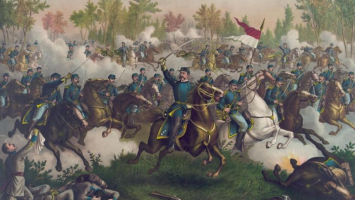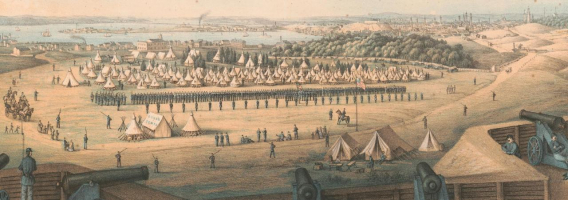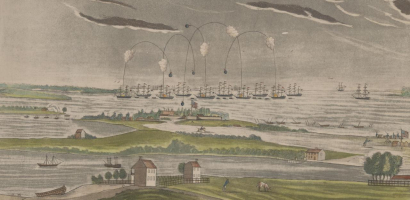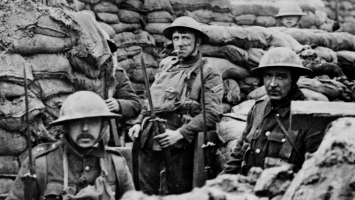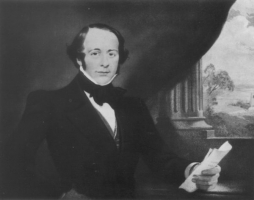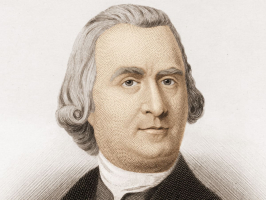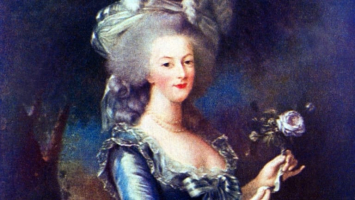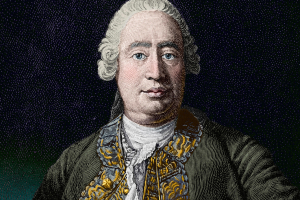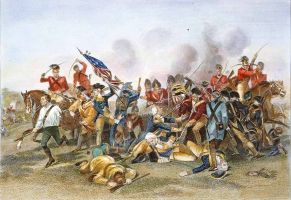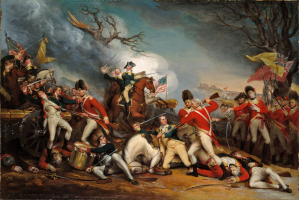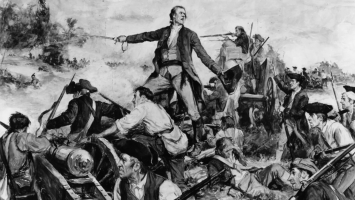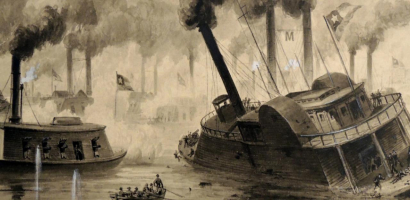Top 5 Facts About Women During the Revolutionary War
After Great Britain imposed the seven Coercive, or Intolerable Acts in the colonies, the American Revolutionary War erupted. Americans retaliated by organizing ... read more...the Continental Congress and declaring war on the British. Despite the fact that the war highlighted the question of whether or not a woman could be a patriot, women demonstrated that they could. Here are the 5 facts about women during the Revolutionary war that will amaze you.
-
Nonimportation and nonconsumption became important weapons in the American resistance movement's arsenal against British taxation without representation. Women played an important role in nonimportation and nonconsumption by defiance, rejecting silks, satins, and other luxuries in favor of homespun clothes manufactured in spinning and quilting bees, thereby sending a strong message of togetherness against British oppression.
Housewives, as administrators of the household economy, used their purchasing power to support the Patriot cause. Women refused to buy British-made products for use in their homes. The tea boycott, for example, was a relatively moderate method for a woman to identify herself and her family as patriots. Similar boycotts were imposed on a range of British items, and women preferred instead to buy or make "American" goods. Despite the fact that these "non-consumption boycotts" were based on national policy, they were implemented by women in the family domains in which they reigned.
The Edenton Tea Party was one of the first organized and publicized political activities in the colonies by women. Fifty-one women signed an agreement at Edenton, North Carolina, officially agreeing to boycott tea and other British items, and it was distributed to British newspapers. Buying American items became a patriotic gesture during the Revolution. Also, when homes were urged to contribute to wartime efforts, frugality (a praised feminine virtue prior to the revolution) became a political statement.
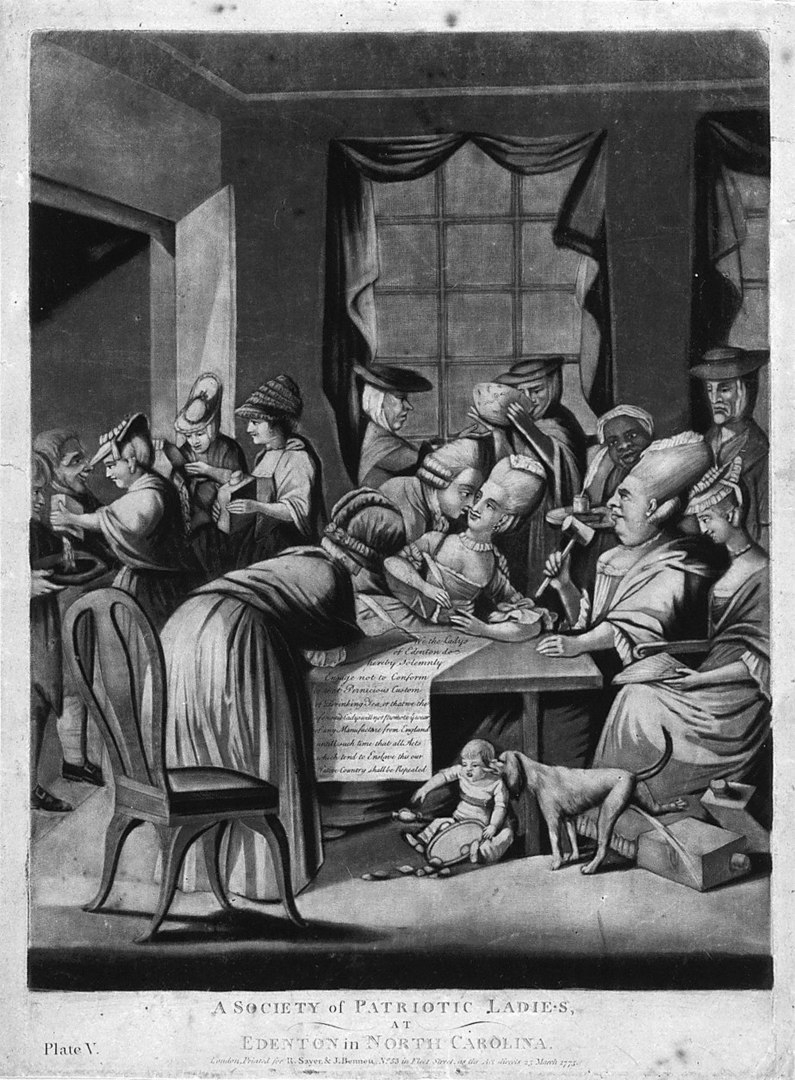
the Edenton Tea Party -en.wikipedia.org 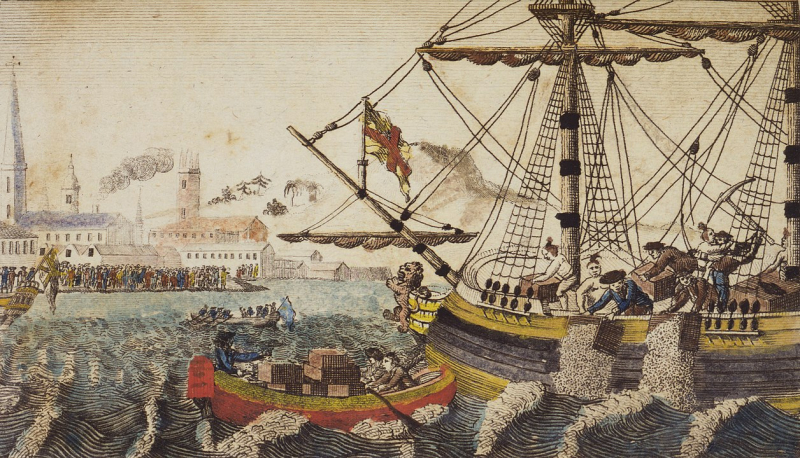
Boston Tea Party -en.wikipedia.org -
One of the most interesting facts about women during the Revolutionary war is that the homespun movement was supported by women in response to the British Townshend Acts. Homespun became a generic name for any cotton, linen, and wool textiles created in the United States. Wearing homespun garments became a patriotic symbol of the resistance against British authority as the boycott of British goods gained momentum. Women in particular took the lead in the movement by shunning imported satin and silk and instead spinning clothes from locally-made materials. They turned spinning into a social gathering.
Women were involved in the homespun movement, which was related to these activities. Patriot women continued a lengthy practice of weaving and spinning their cloth to make clothing for their families rather than wearing or purchasing apparel made of imported British materials. In addition to boycotting British textiles, the homespun movement supplied clothing and blankets to the Continental Army. Jane Mecom, Benjamin Franklin's youngest sister, could be contacted for her soap formula and even instructions on how to construct the soap-making forms. Wearing clothes of your own making and spinning, or homespun, was a nonviolent manner of demonstrating patriotism.
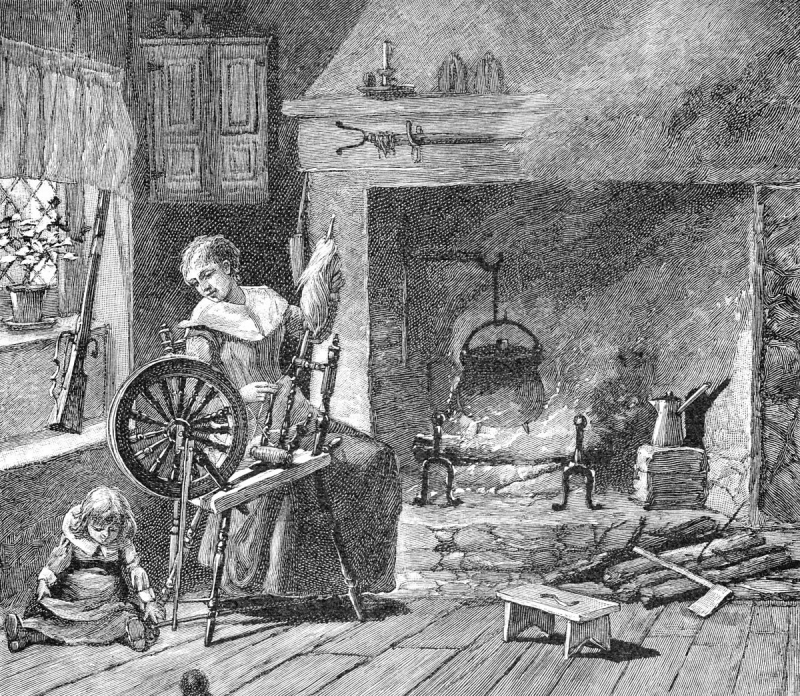
en.wikipedia.org 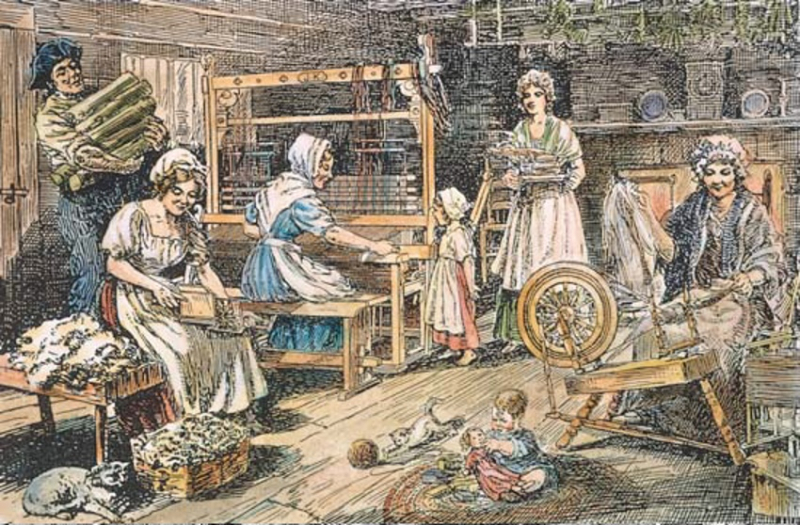
www.frauncestavernmuseum.org -
One of the most interesting facts about women during the Revolutionary war is that during the Revolutionary War, it was common for women to follow the army. Some women were financially unable to support their houses while their husbands were away or longed to remain by their side. These women, known as camp followers, accompanied the Continental Army, helping the troops and officers as washerwomen, cooks, nurses, seamstresses, supply scavengers, and, on rare occasions, soldiers and spies. Commanding officers referred to the women who accompanied the army as "necessary nuisances" and "baggage" at times, while they were universally lauded at other times. These women ensured that the army camps ran well.
Some of the top officers' wives paid frequent visits to the camps. In contrast to poorer women in army camps, the importance of these well-to-do ladies to the army was symbolic or spiritual rather than practical. Their presence signaled that everyone was willing to make sacrifices for the military effort.
Specific population figures range from assertions of 20,000 women marching with the army to more modest estimates of 3% of camp populations. Women joined army units for a variety of reasons, including fear of malnutrition, rape, loneliness, and impending poverty. Army units in battle-torn areas or enemy-occupied territory housed more women than those in safe areas, most likely because women in battle-torn areas sought the safety of the Continental Army.
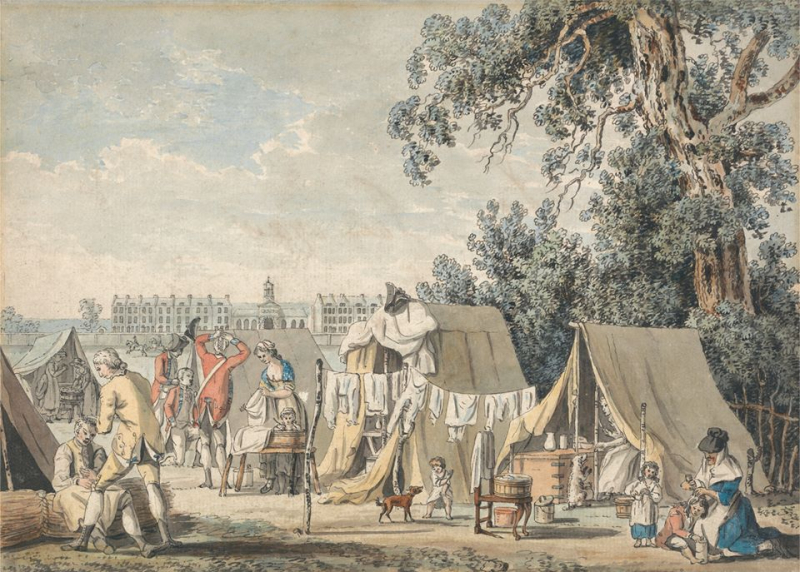
historiesoftheunexpected.com 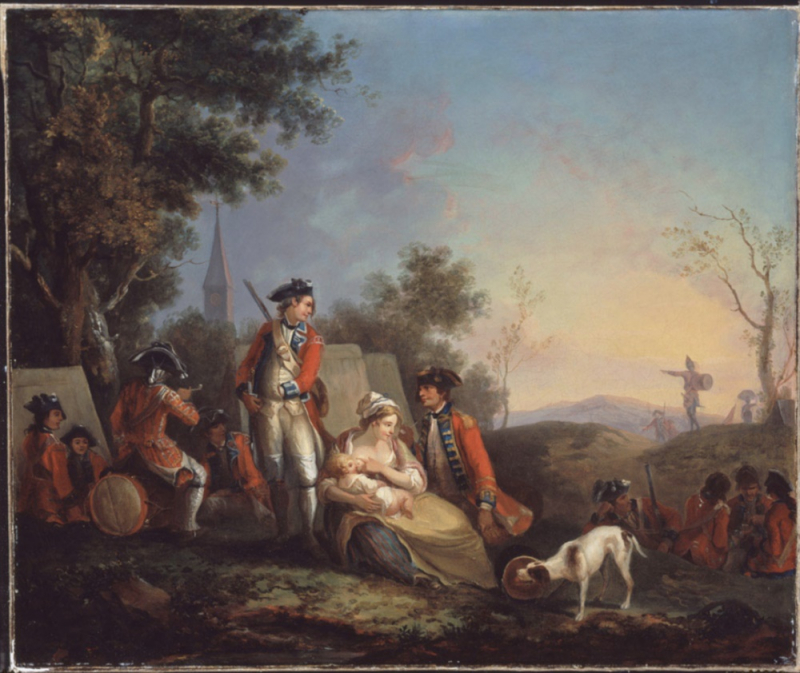
susanhollowayscott.com -
Women also fought in the Revolutionary War to express their love for their nation. Anna Maria Lane and Margaret Corbin are well-known names for patriotic women who fought in the war. Anna Maria Lane was the first recognized female soldier from Virginia to participate in the American Revolutionary War with the Continental Army. She disguised herself as a man and accompanied her husband on the battlefield, and she was eventually awarded a pension for her bravery during the Battle of Germantown. Margaret Cochran Corbin (November 12, 1751 – January 16, 1800) was an American Revolutionary War soldier. She was too afraid to allow her husband to go into a fight alone, so she decided to accompany him. When her husband was killed in battle, Margaret Corbin took his position and continued to operate the cannon until she was gravely injured as well. When she was unable to work due to injuries and was enlisted in the Corps of Invalids, she became the first woman in U.S. history to earn a pension from Congress for military service.
Some women fought the British without leaving their homes; for example, in Georgia, Nancy Hart allegedly shot two loyalist soldiers in her kitchen and held several others at gunpoint until relief arrived. Martha Bratton blew up her husband's stash of gunpowder before loyalists could steal it. When British troops seized Rebecca Brewton Motte's home, she allowed patriot forces to destroy it.
Other Patriot women rode through enemy territory with army dispatches and letters containing critical military intelligence hidden beneath their petticoats. On the night of April 26, 1777, Sybil Ludington, then sixteen, is reported to have ridden 40 miles through the towns of Putnam County, New York, knocking on farmhouse doors to warn militiamen that British forces were on their way to Danbury, Connecticut.
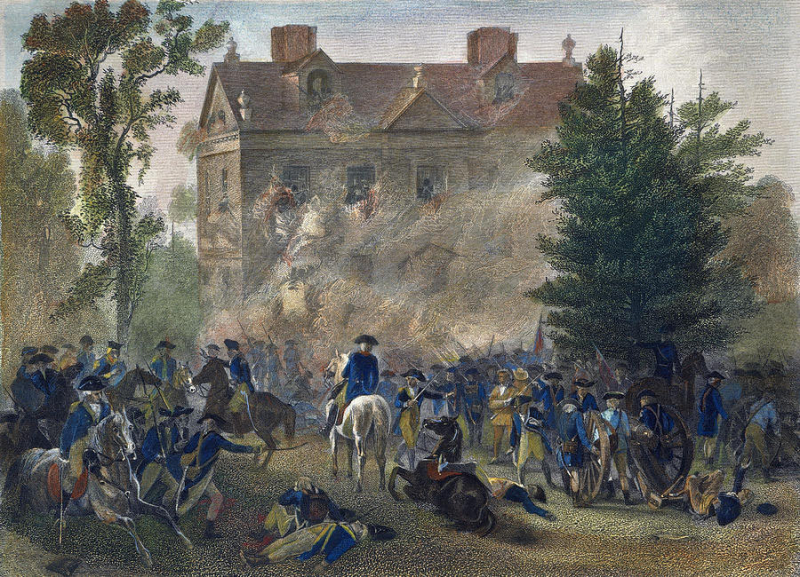
britishbattles.com 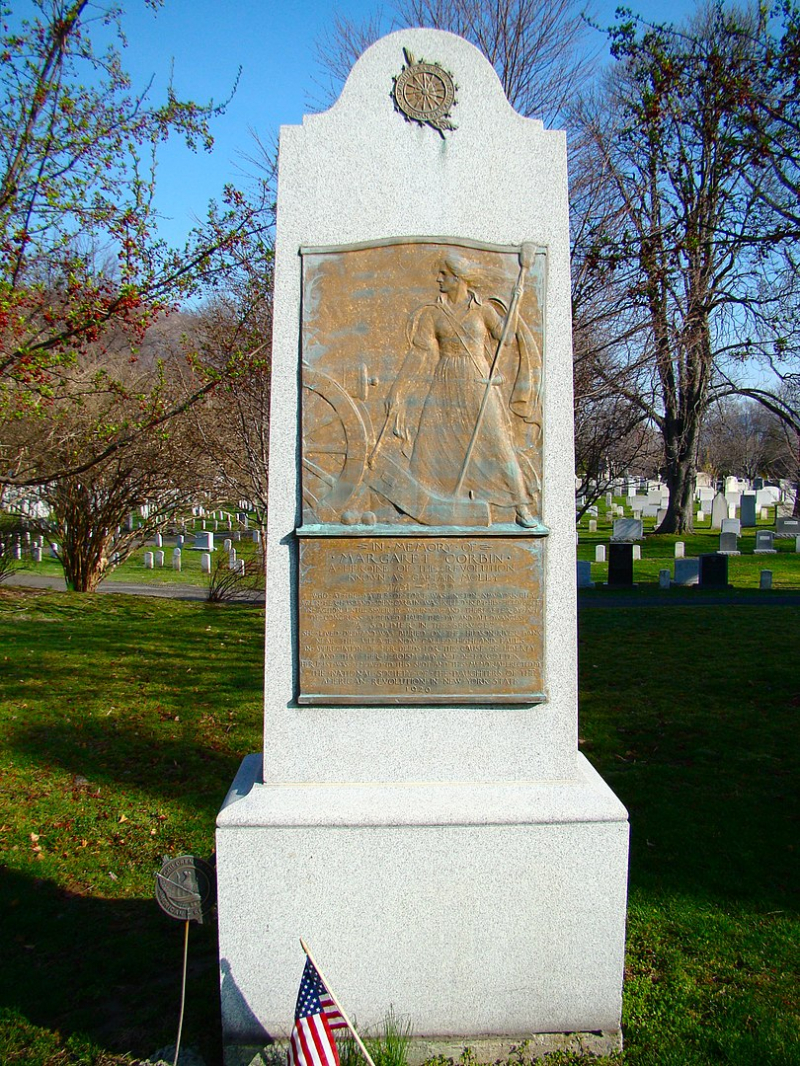
Margaret Corbin memorial -en.wikipedia.org -
One of the most interesting facts about women during the Revolutionary war is that some female poets at the time used their words to fight for their country. Instead of fighting physically, many women chose to fight with their words; women at the time were able to catalog significant events throughout the war within their poetry about their struggles for genuine equality as well as the terror of their husbands or family members who were put in danger because they chose to fight. Annis Boudinot Stockton was a well-known and renowned female poet of the time; a member of the Mid-Atlantic Writing Circle, Stockton composed poetry on various historical events, including the Revolutionary War. She was the only woman to join the American Whig Society, for which she guarded secret documents during the war, in addition to being a member of the Mid-Atlantic Writing Circle. They recognized Stockton's efforts in securing their papers during the British invasion of Princeton after the American Revolutionary War.
Elizabeth Graeme Fergusson, a Mid-Atlantic Writing Circle member, was another notable poet during this period. Unlike Stockton, Fergusson was only mildly sympathetic to the American Revolution. Fergusson's poetry was also more emotive; her writing provides insight into the life of married women during the Revolutionary War.
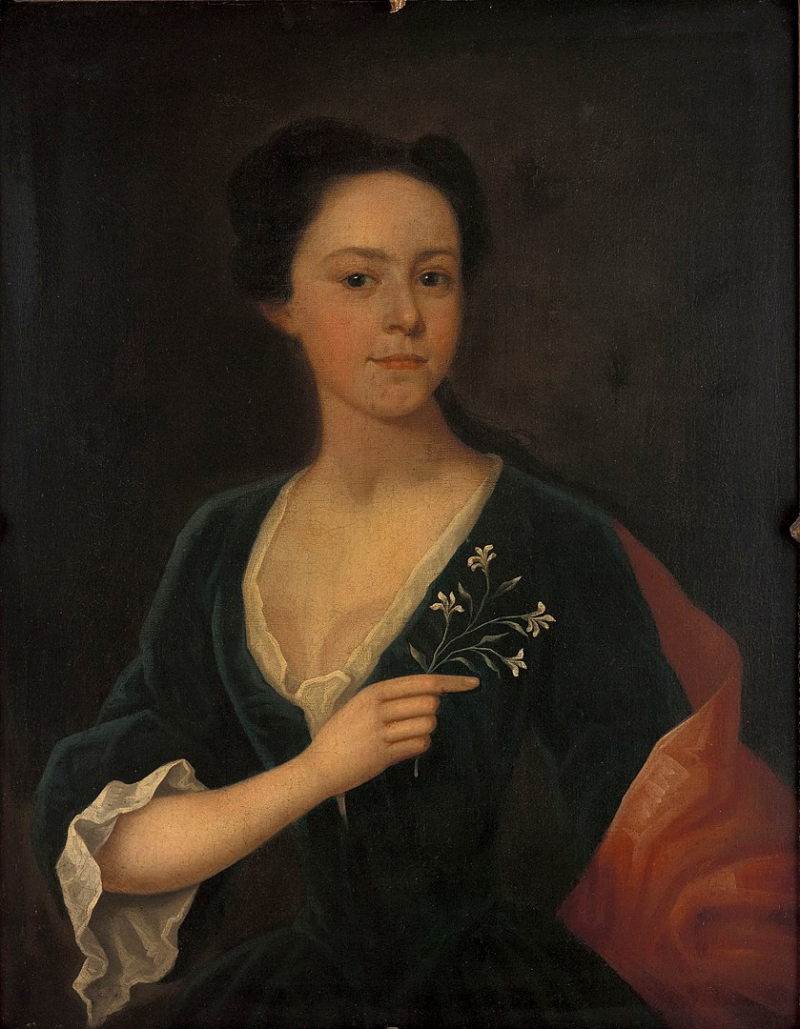
Annis Boudinot Stockton -en.wikipedia.org 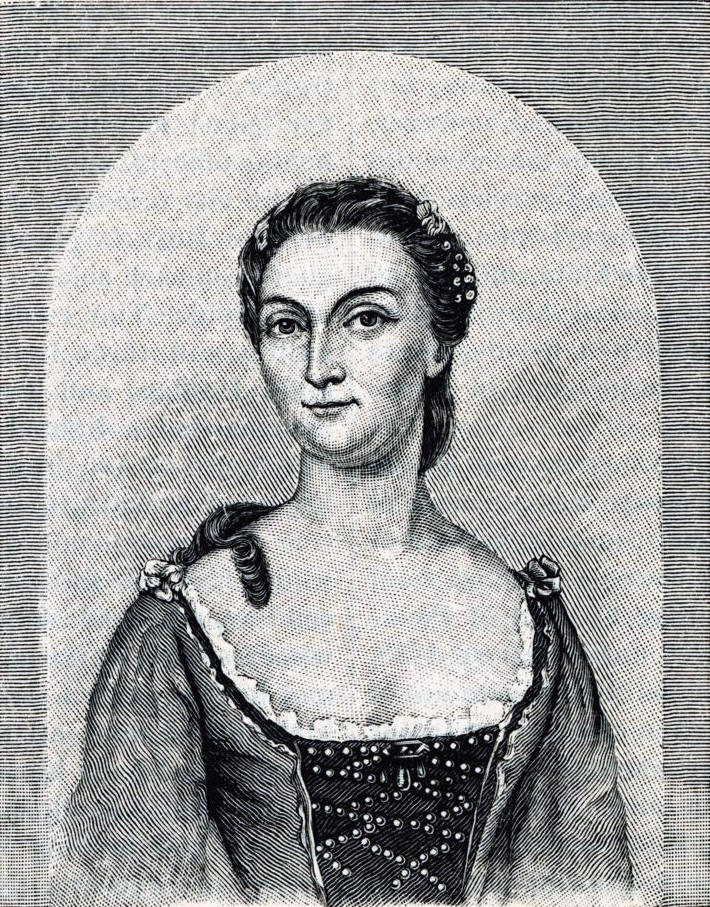
Elizabeth Graeme Fergusson -sjmuseum.wordpress.com







